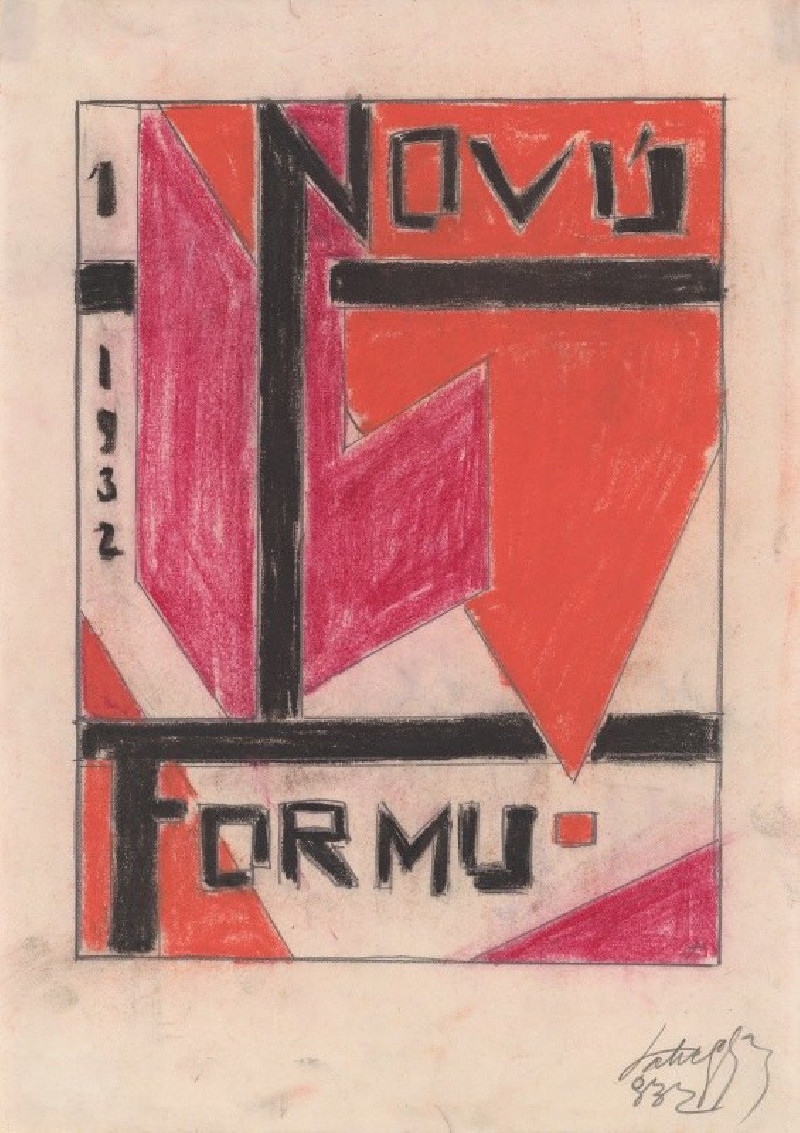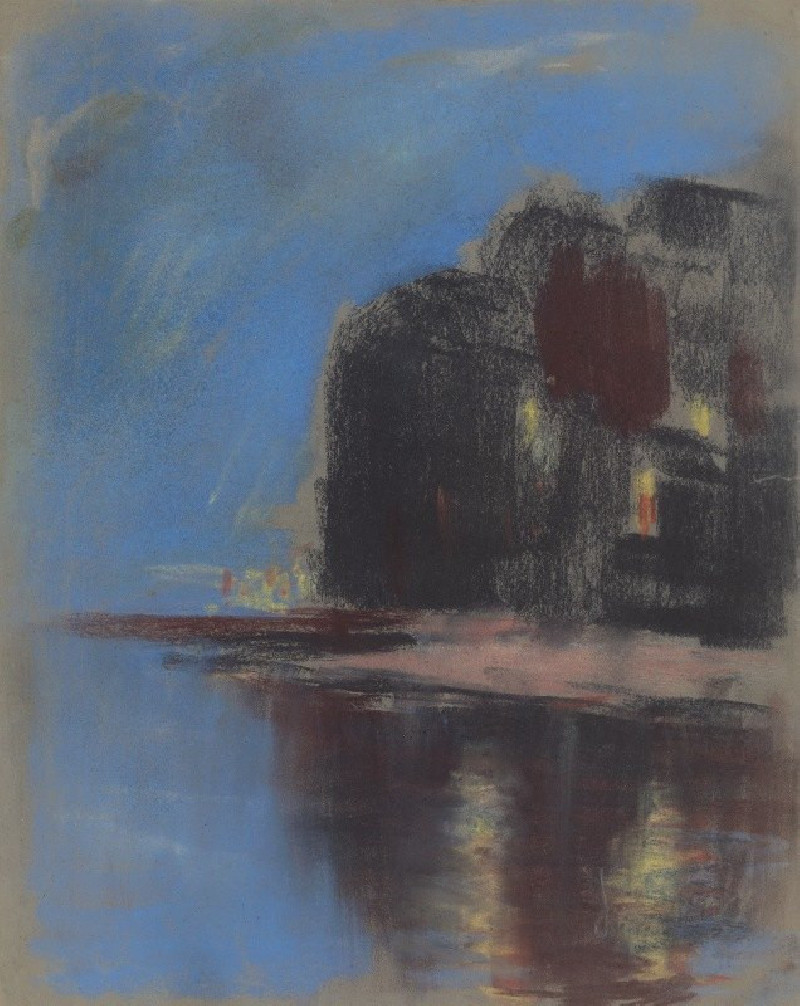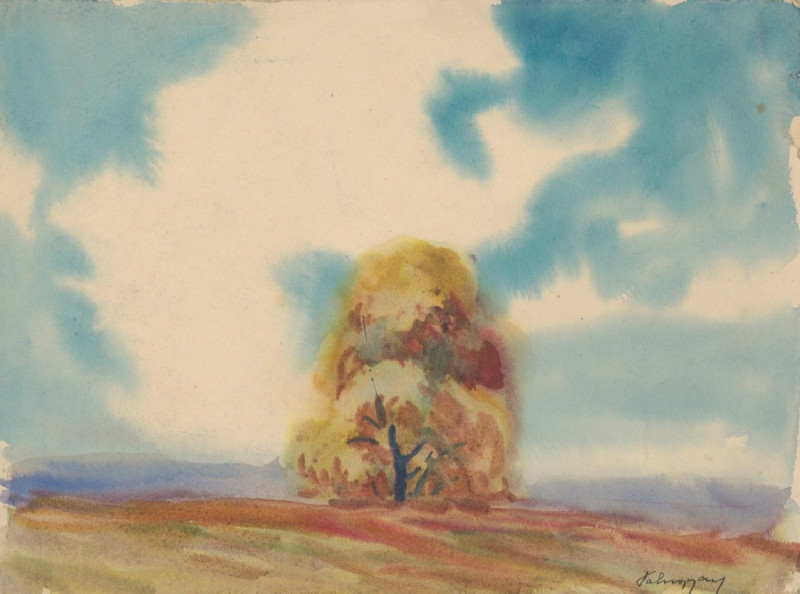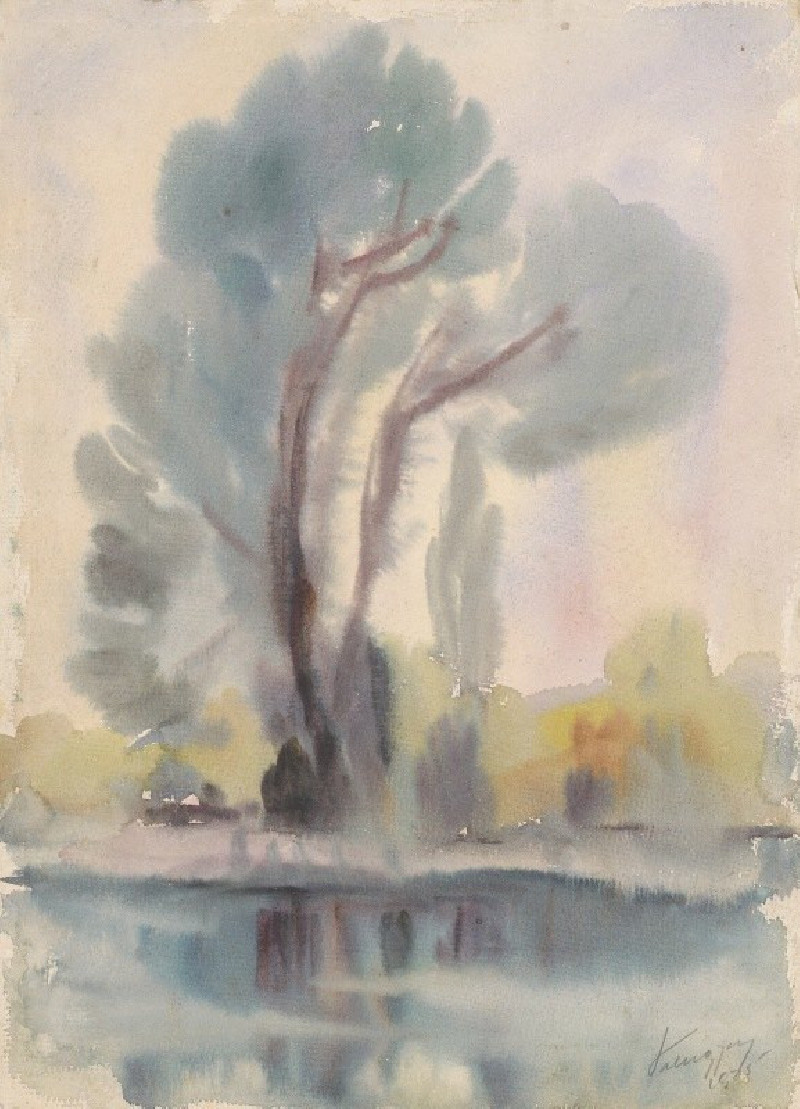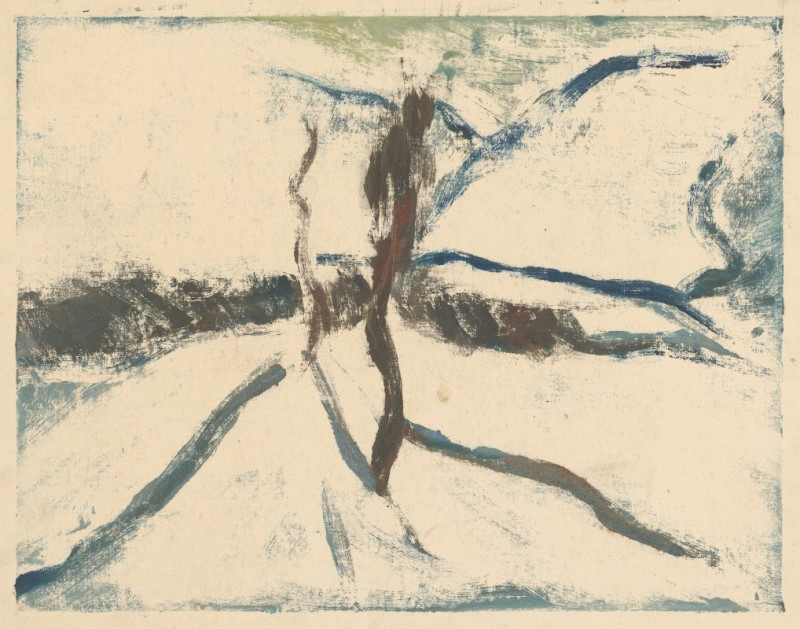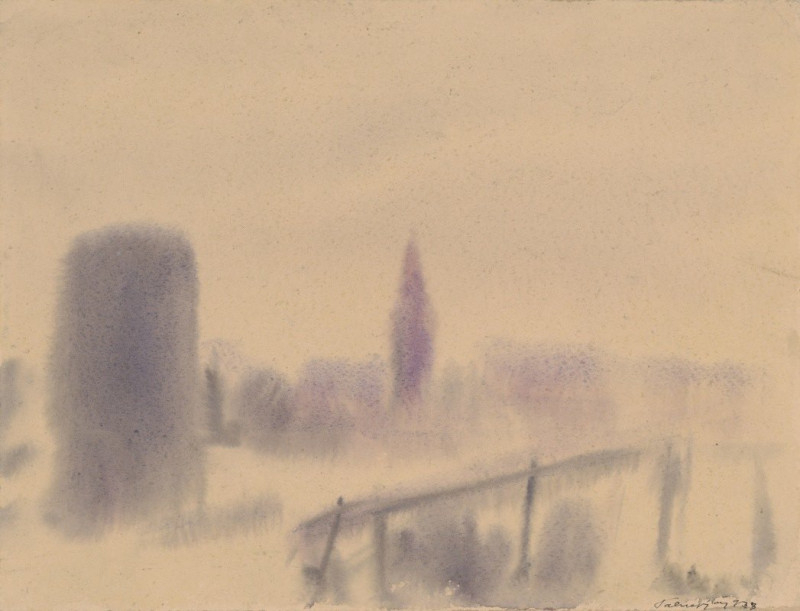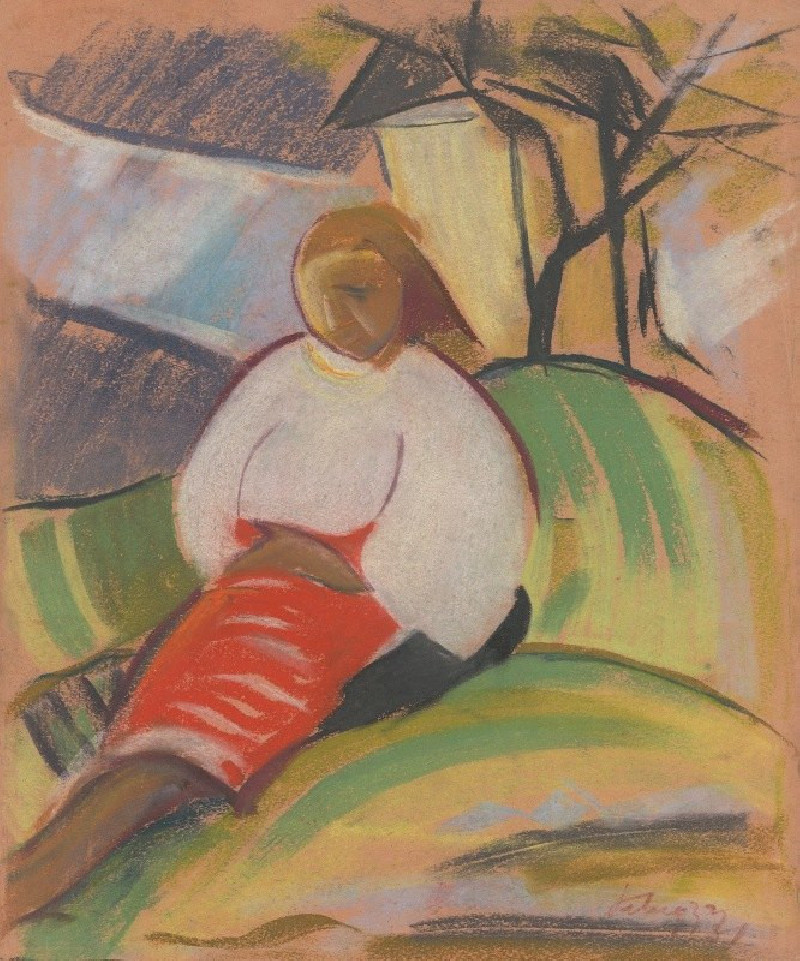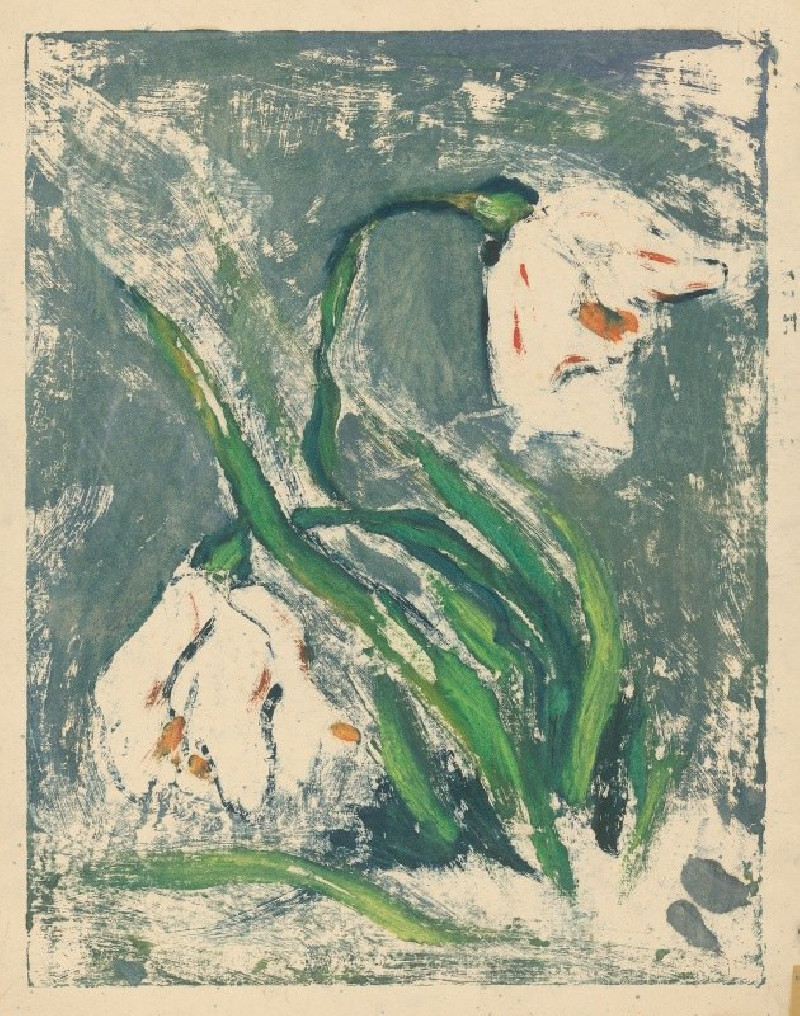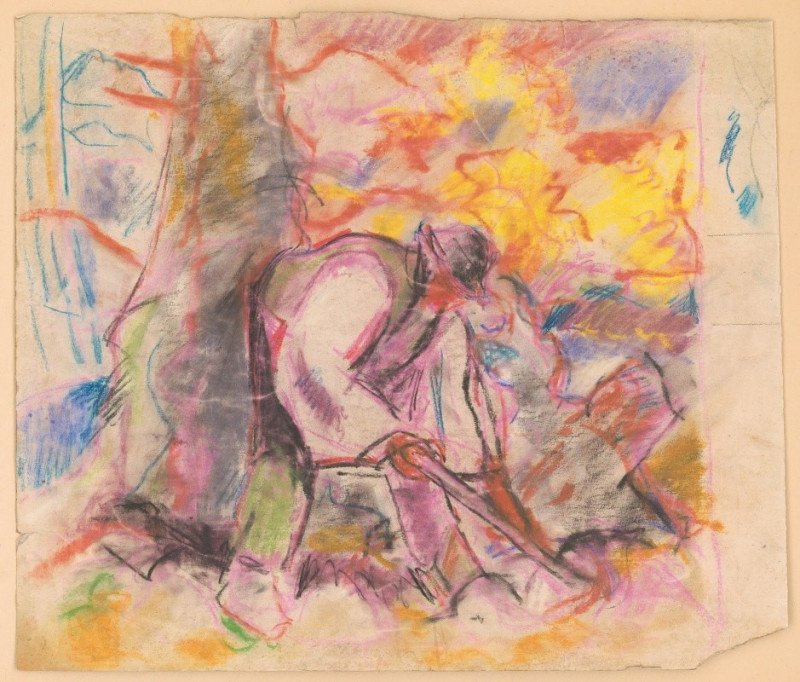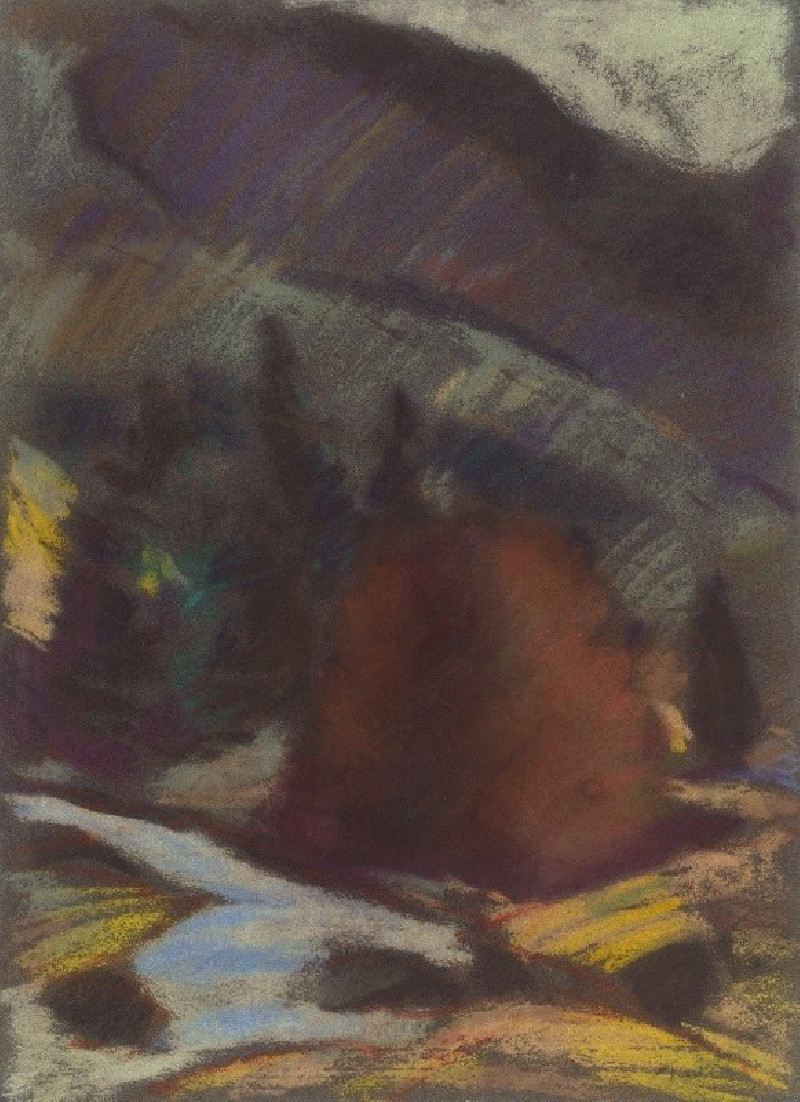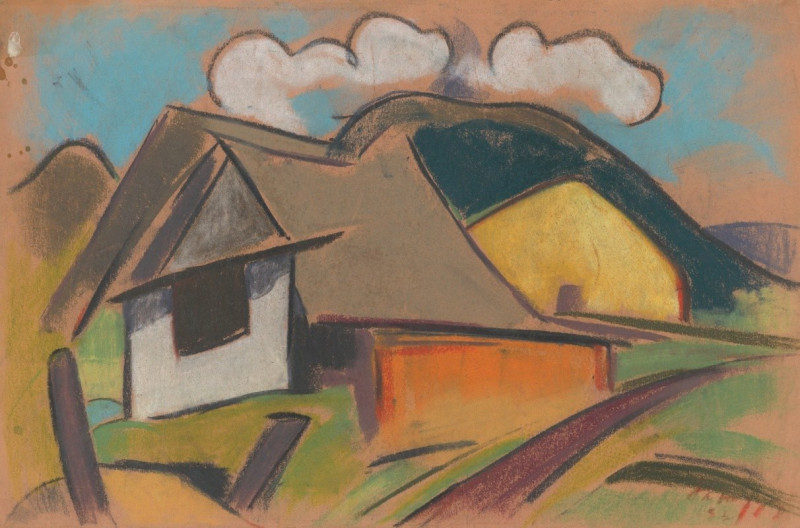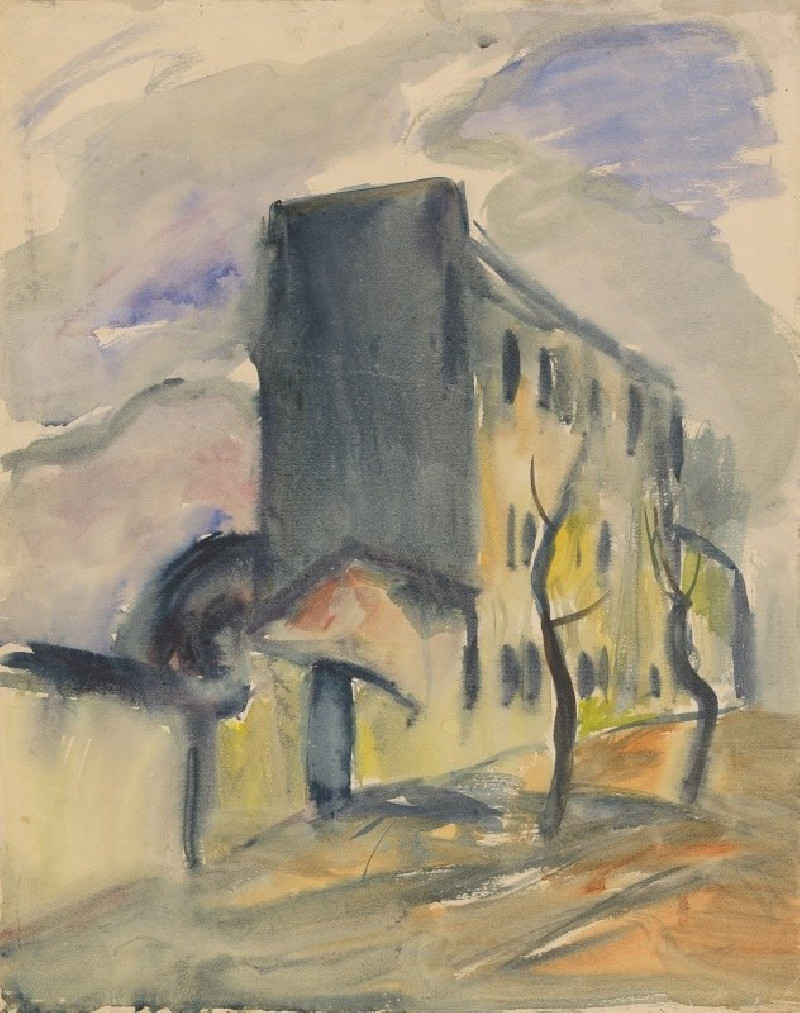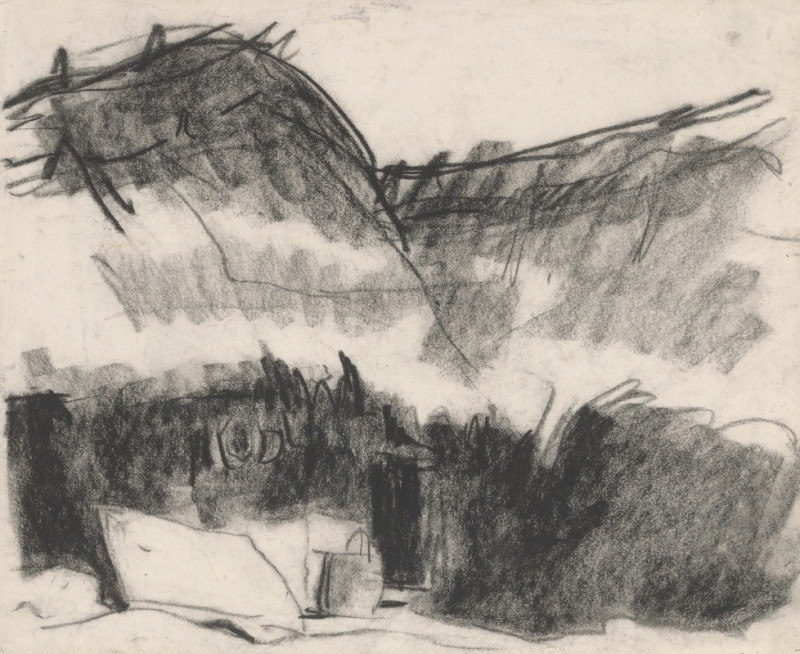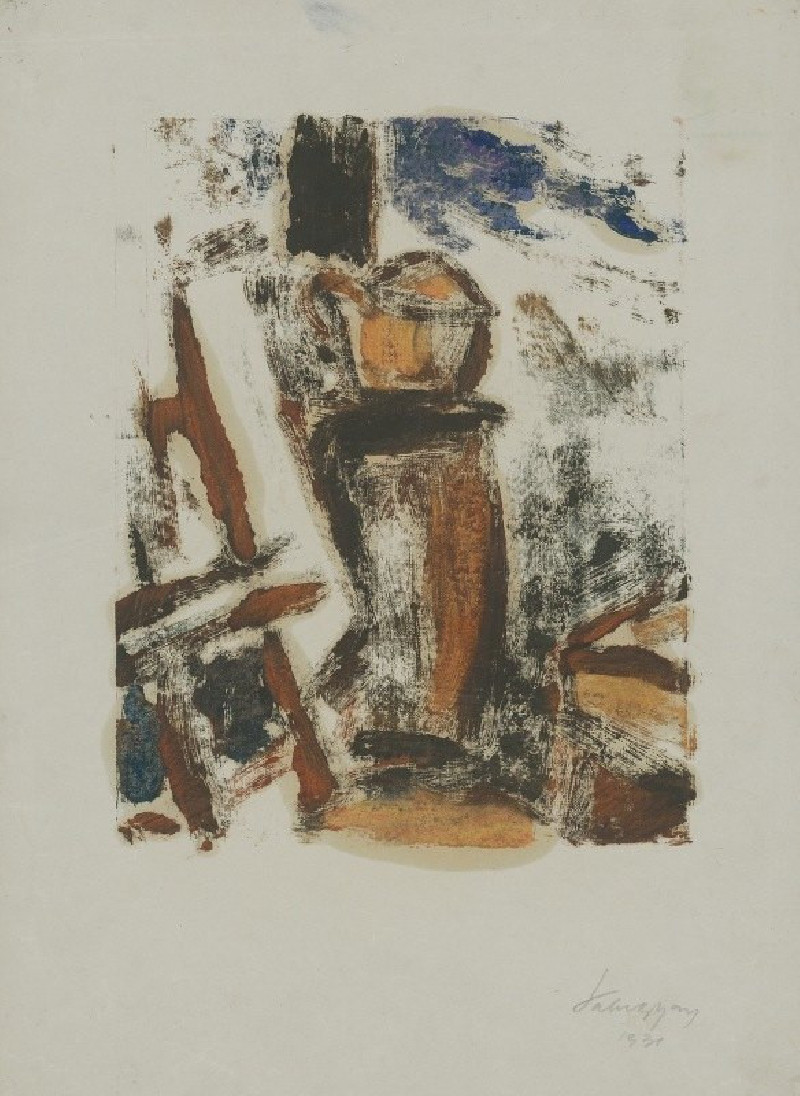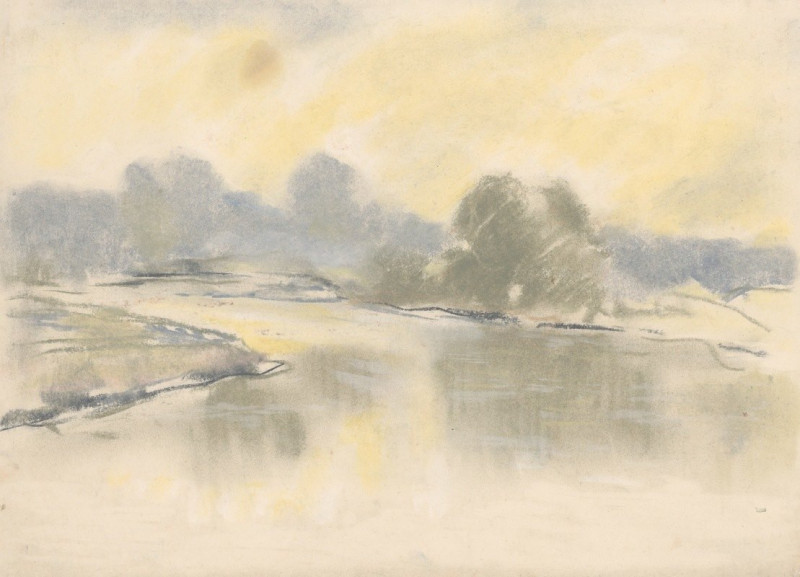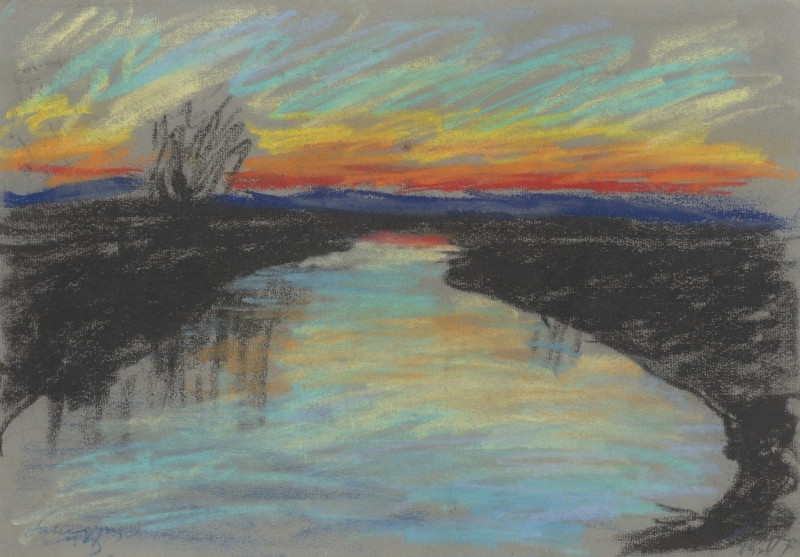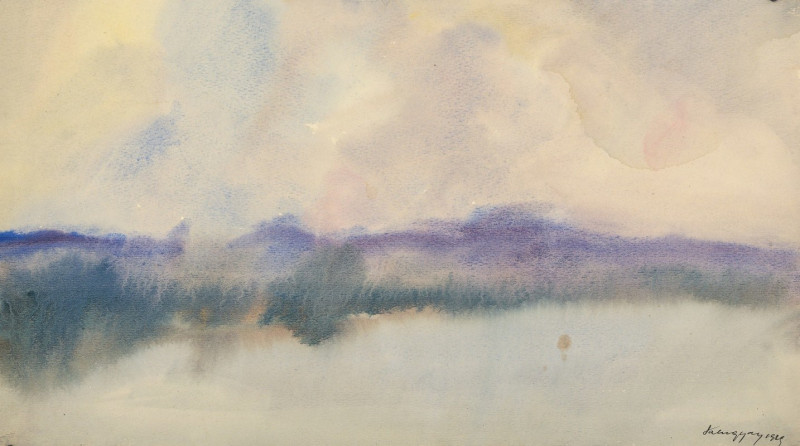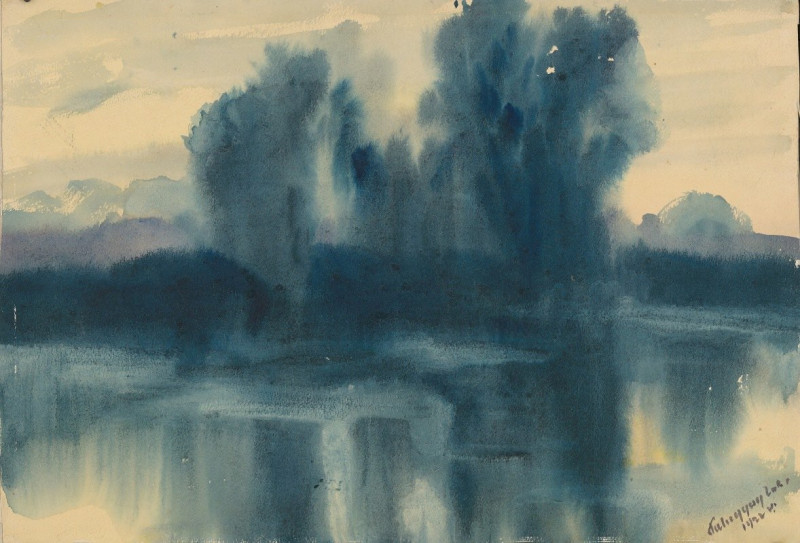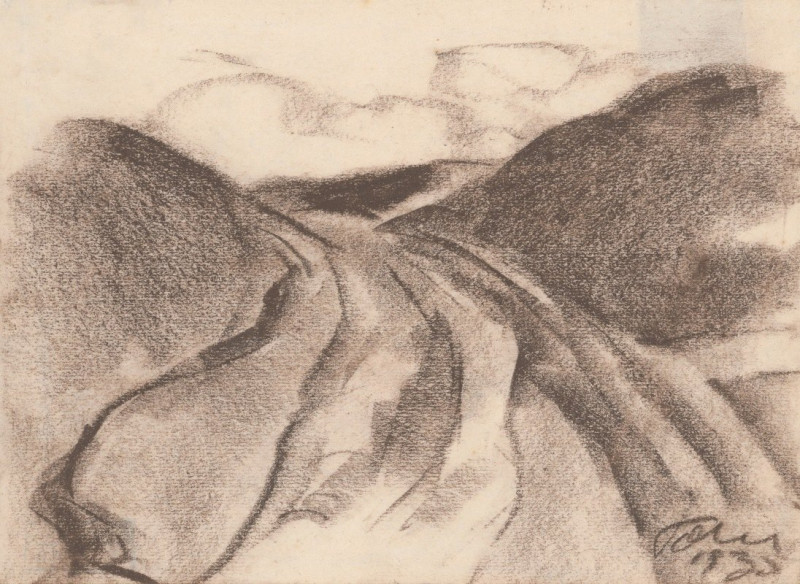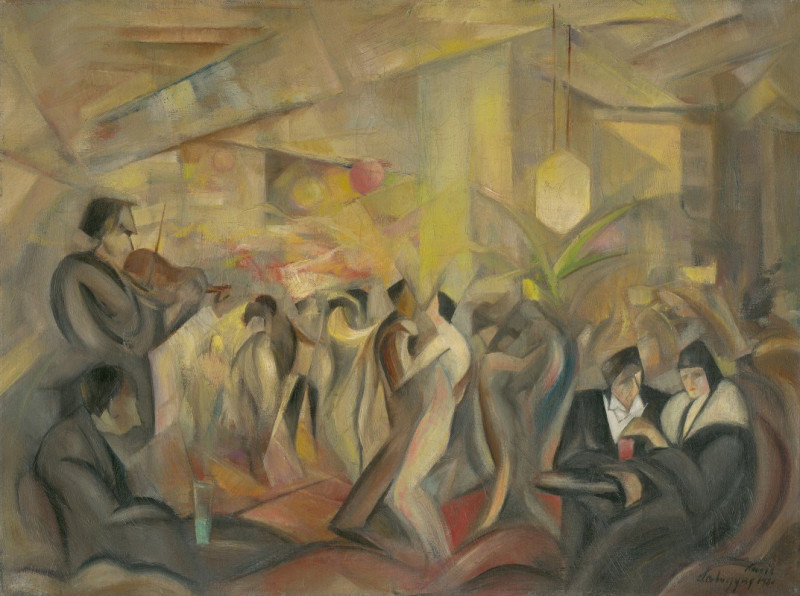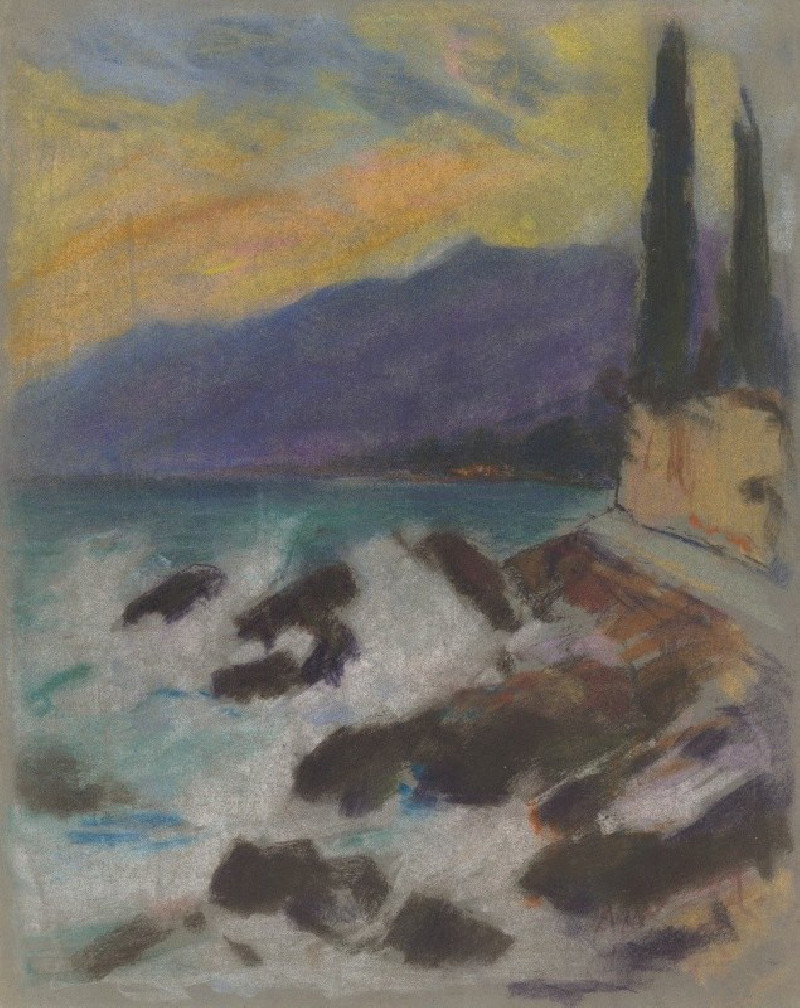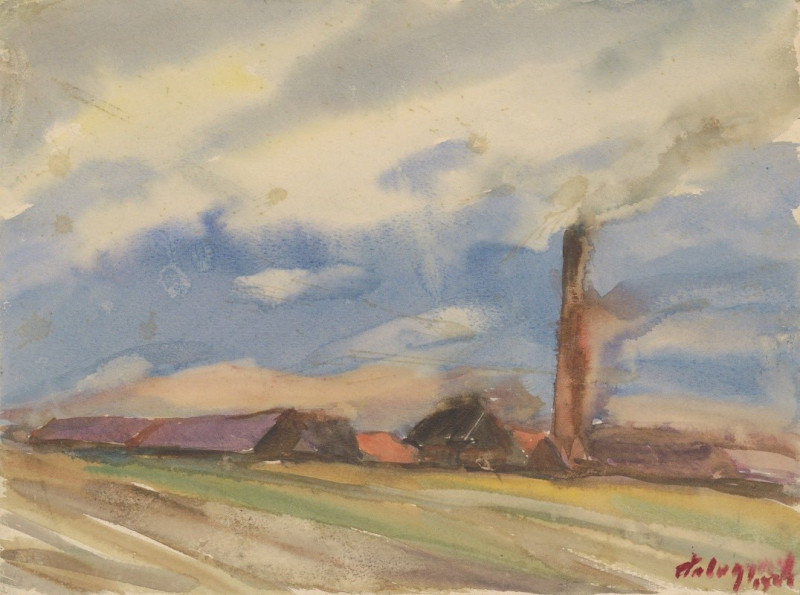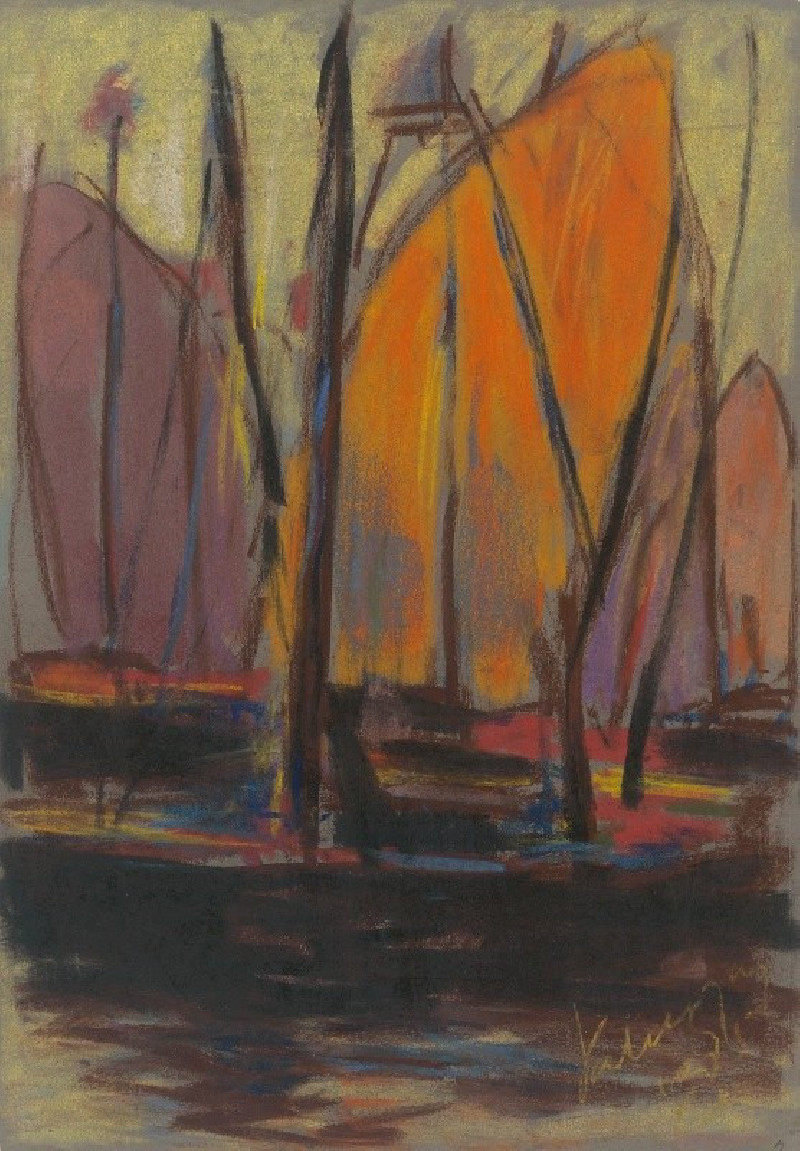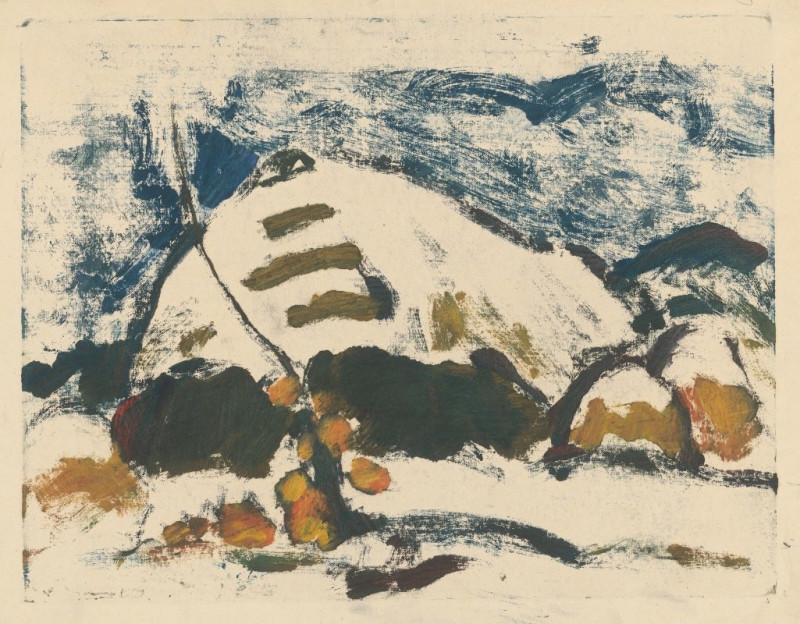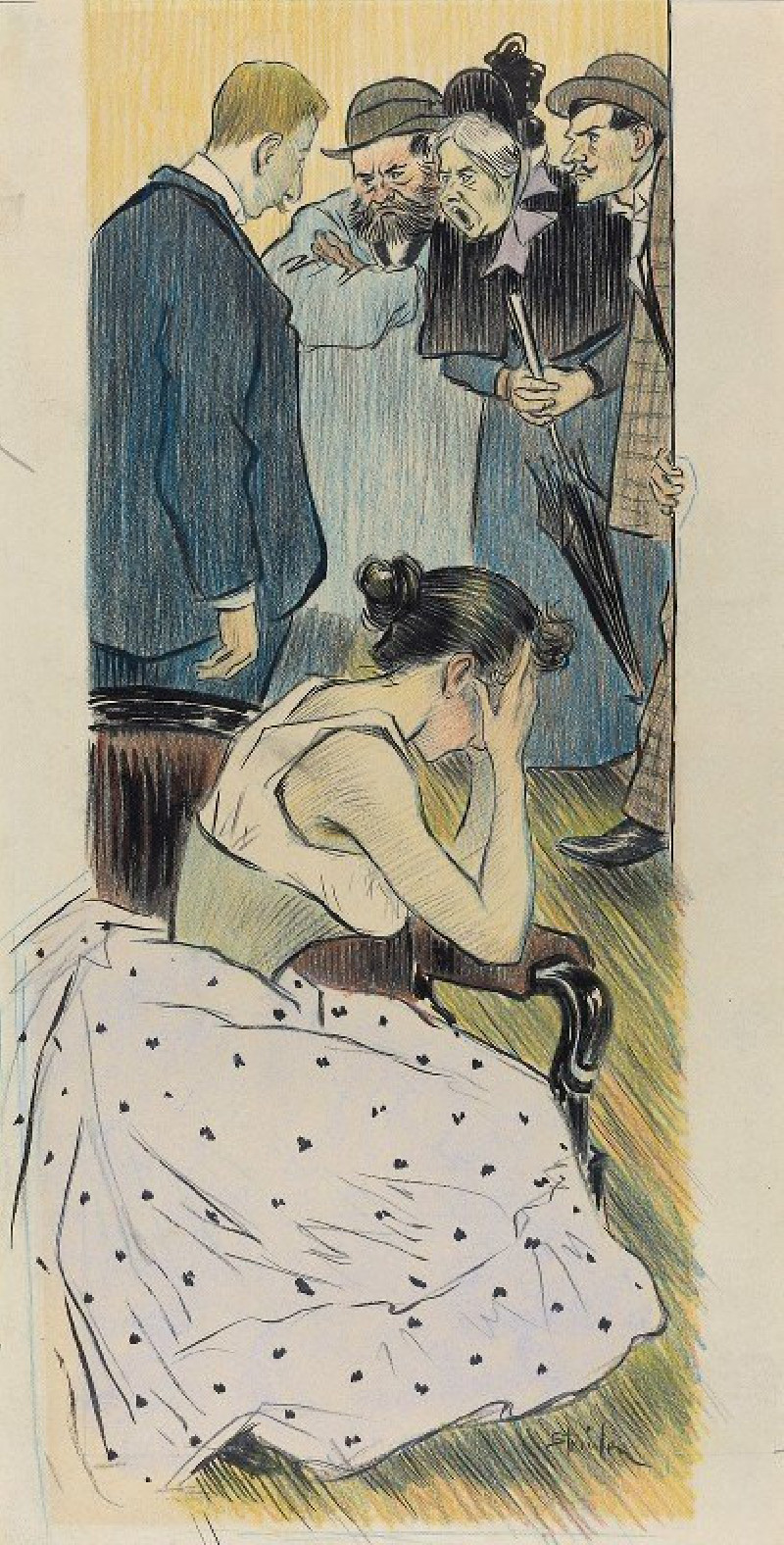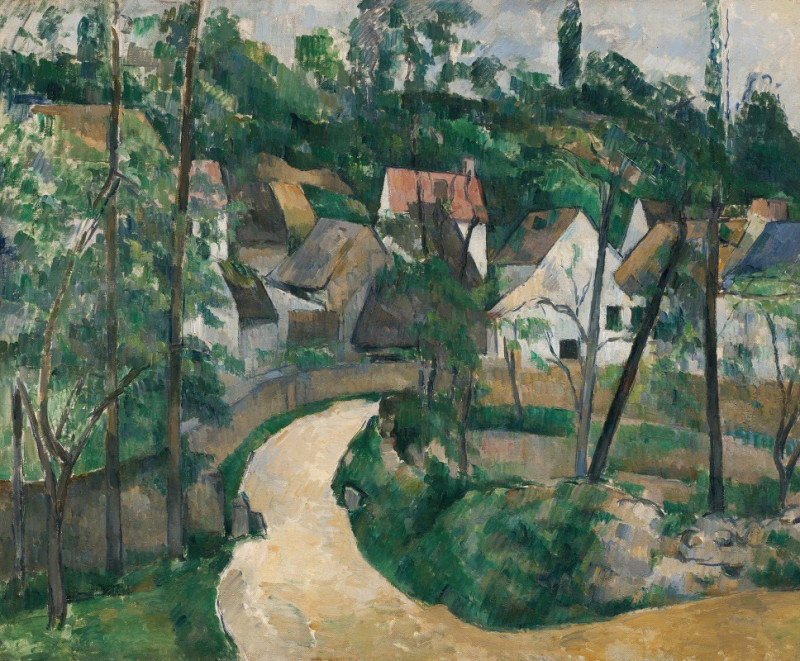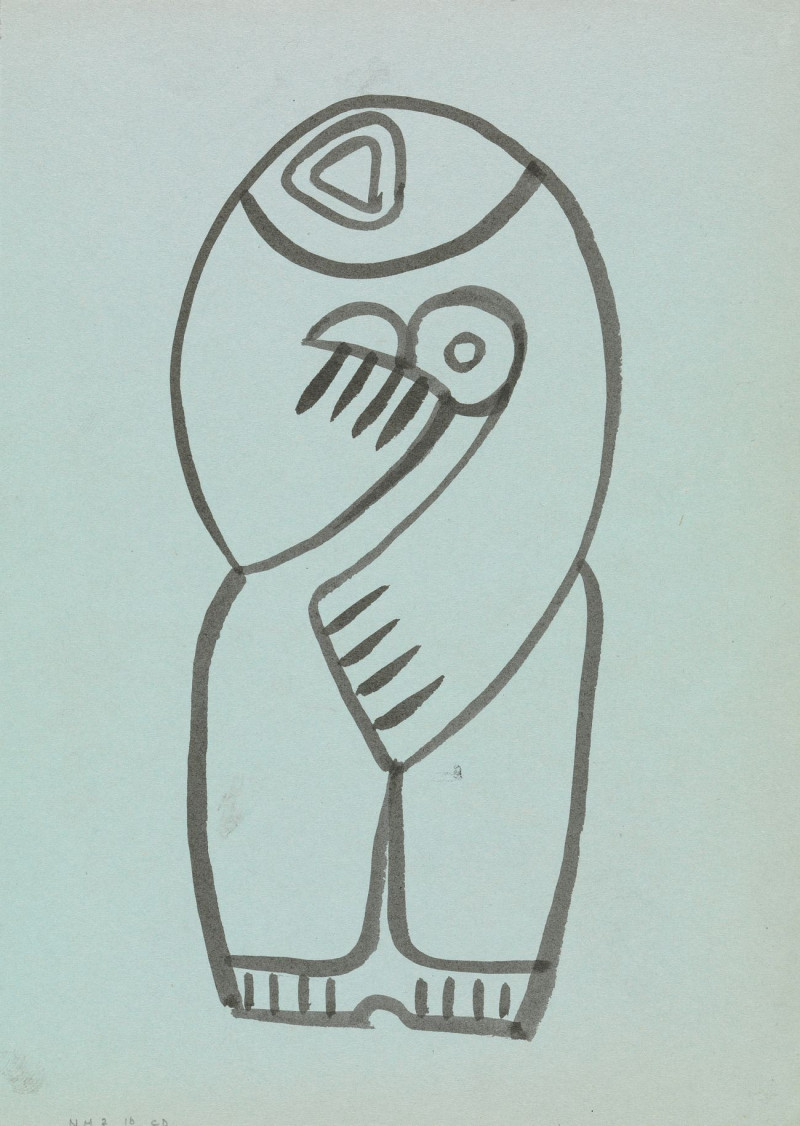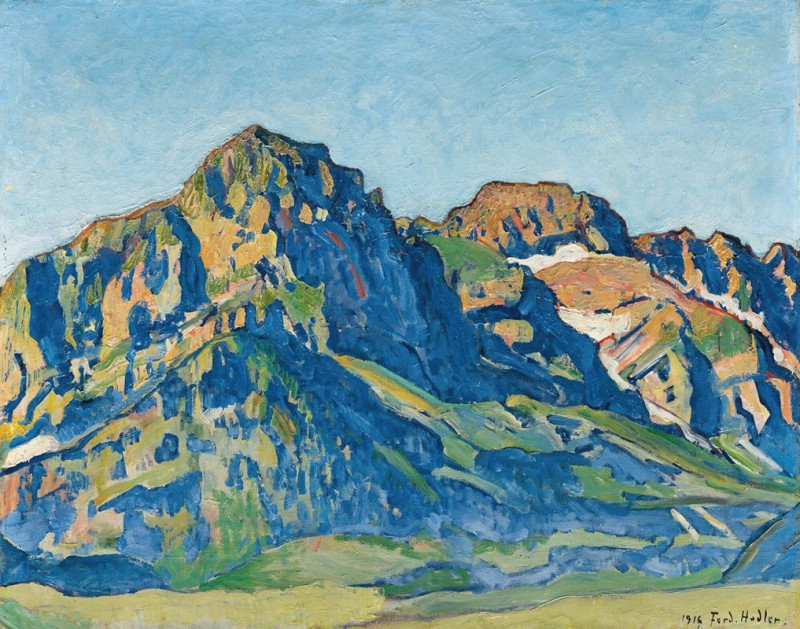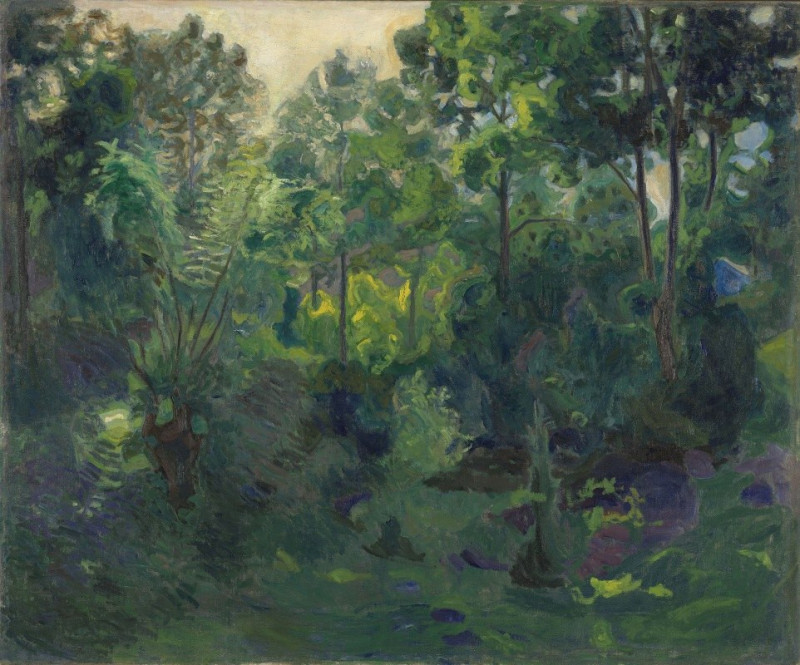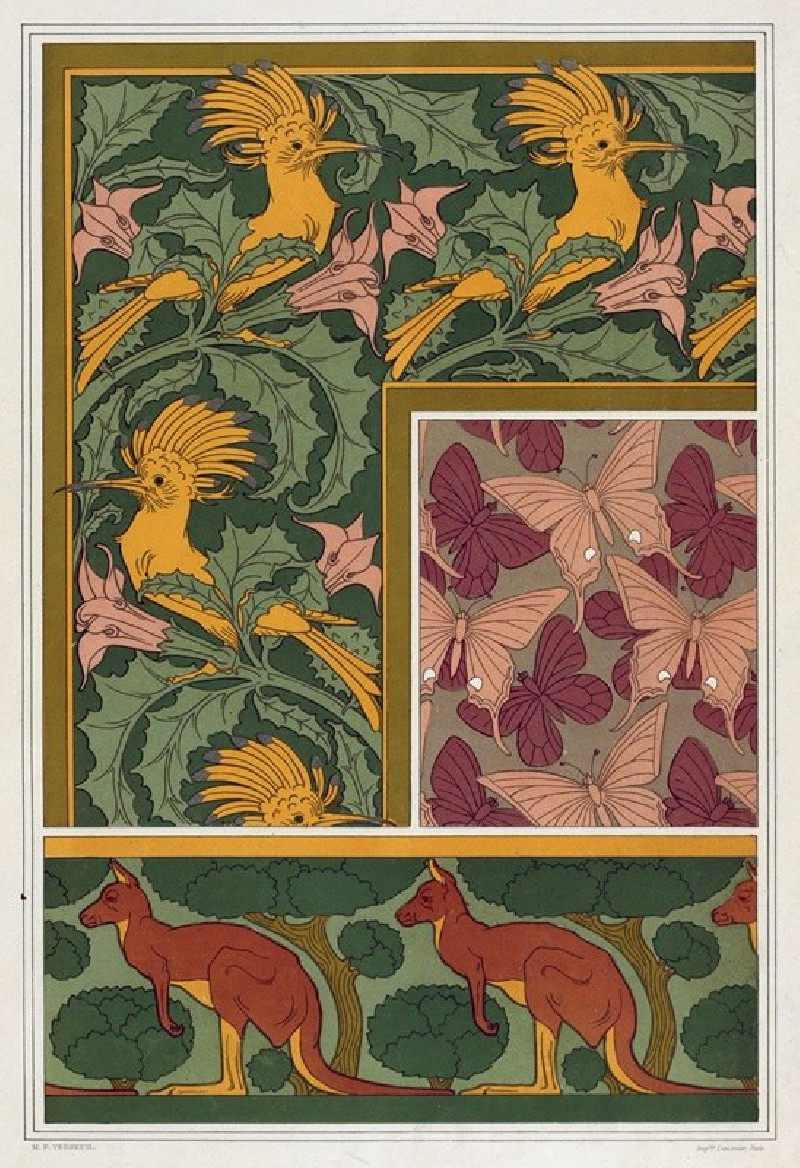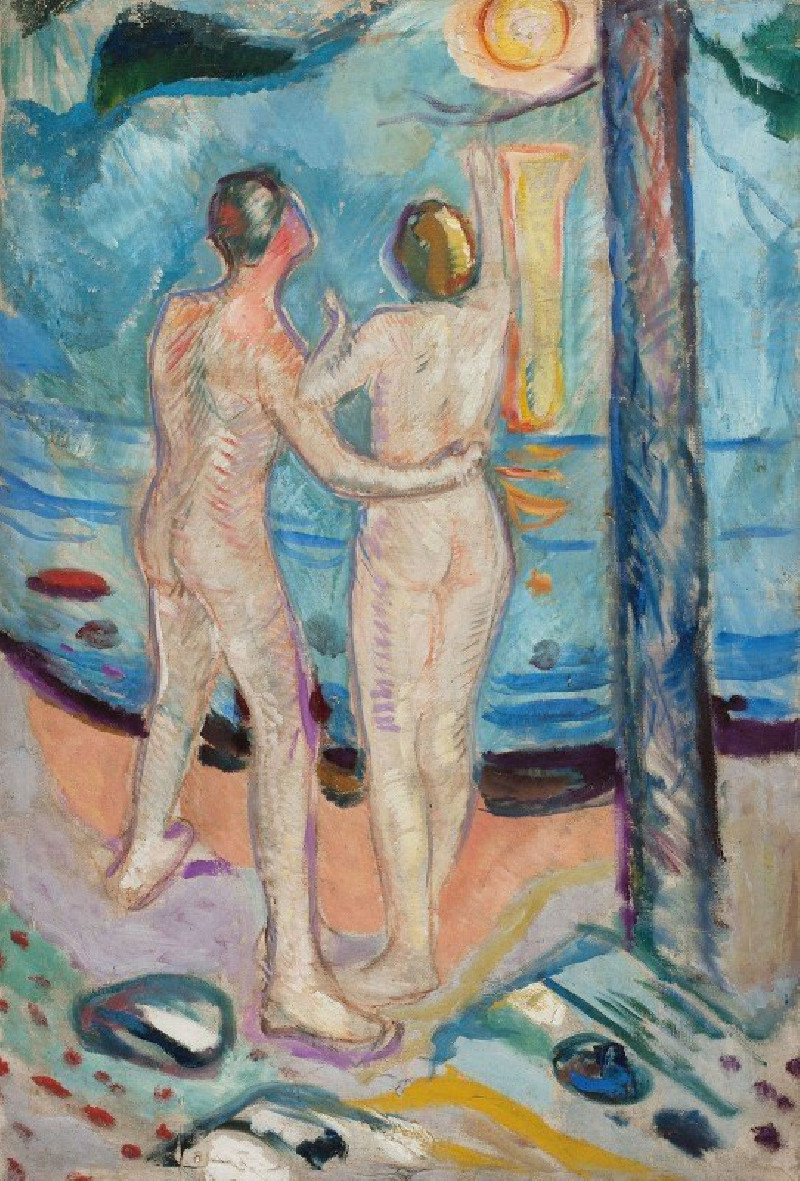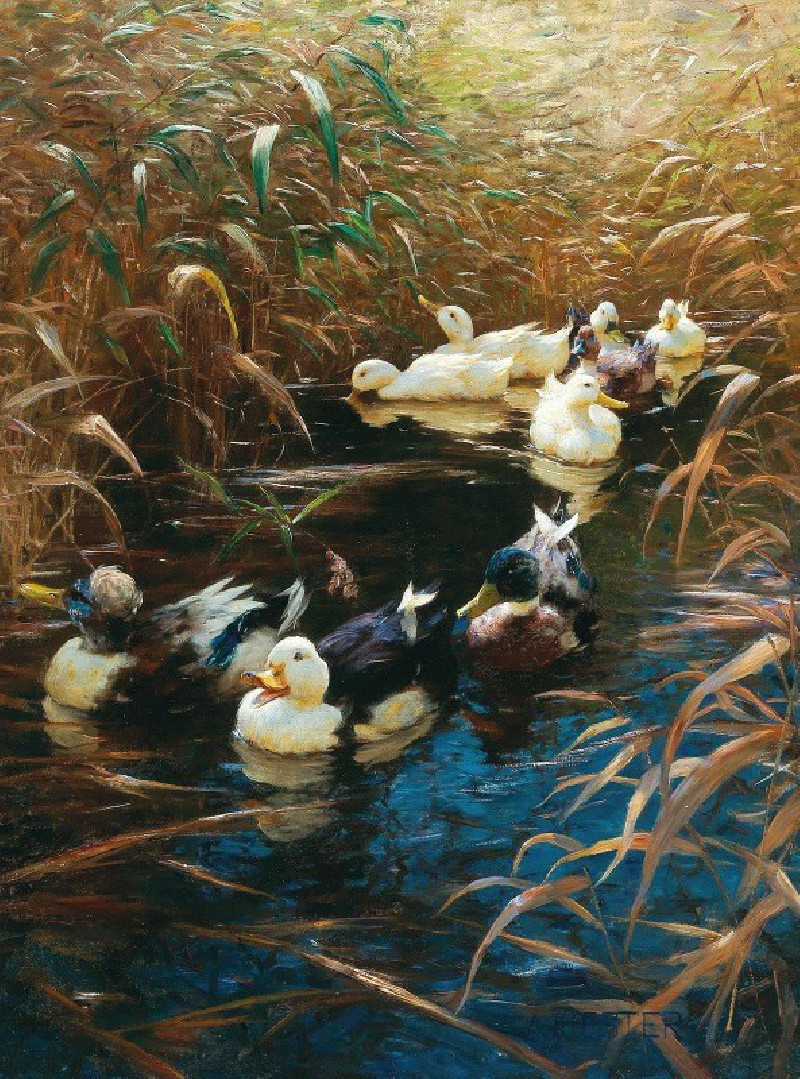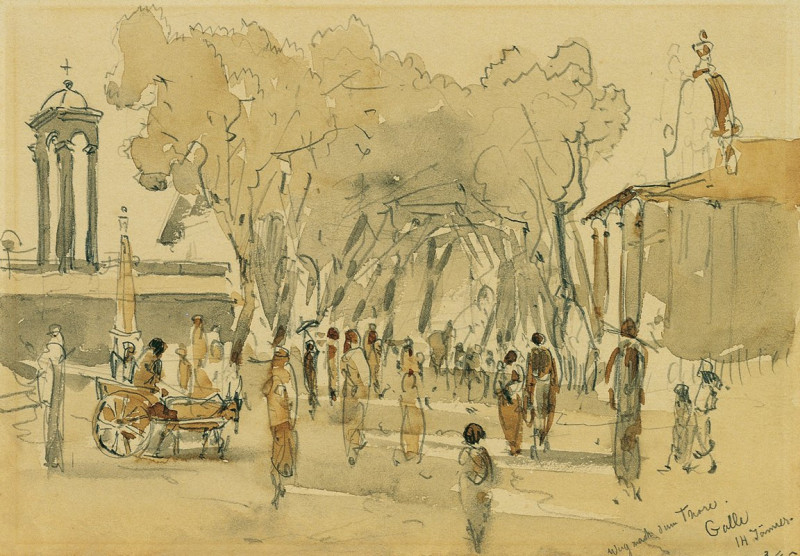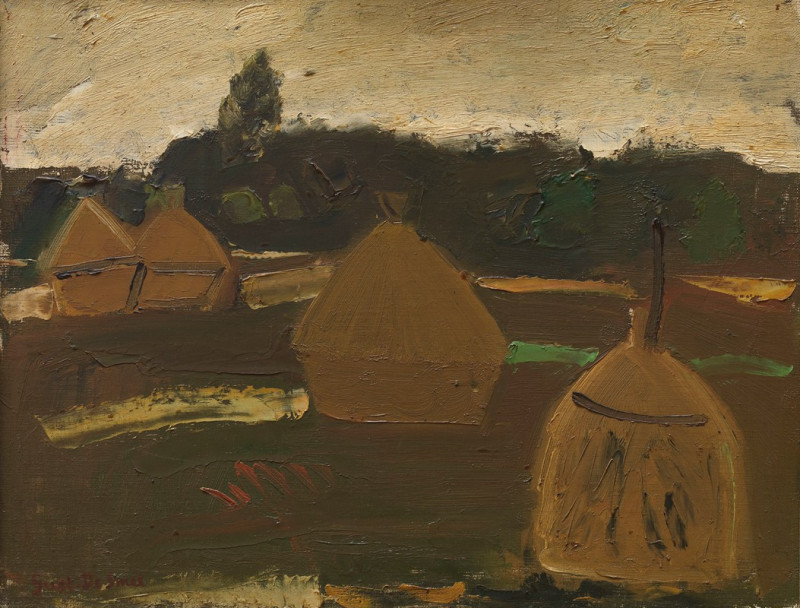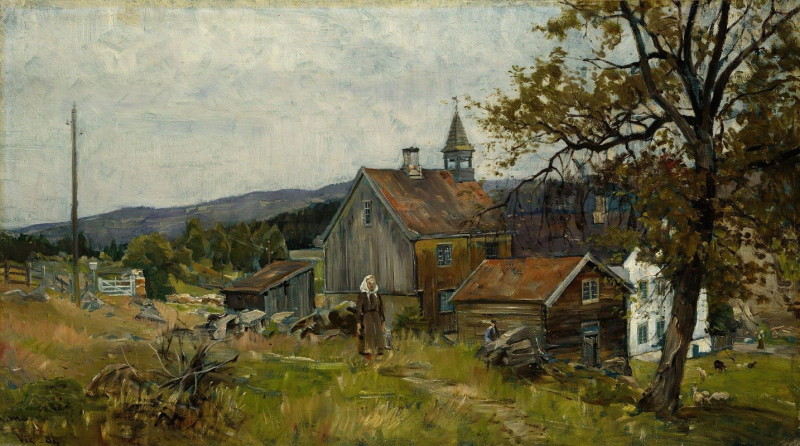New Form (1932–1933)
Technique: Giclée quality print
Recommended by our customers
More about this artwork
Zolo Palugyay's artwork, "New Form" (1932–1933), is a captivating example of early 20th-century modernist art that invites viewers into a world of geometric abstraction and bold colors. Through his use of sharp lines and contrasting hues, Palugyay delves into the exploration of form and space that defined much of the artistic conversation during this period.The painting itself is structured around a robust, central composition that incorporates block-like structures with hues predominantly in red and black. The words 'NOVI' and 'FORMU', segmented across the canvas, play a vital role in the thematic and visual impact of the work. They seem to suggest themes of innovation and renewal—'novi' hinting at the word ‘new’ and 'formu' short for ‘form’. This wordplay, combined with the date "1932," positions the piece firmly in the context of its time, a period marked by significant changes and new ideas in art, politics, and society.Palugyay’s technique, which includes a texture that seems reminiscent of crayon on rough paper, adds a tactile quality to the piece, emphasizing the hand-drawn aspects of his work amidst the industrial themes often associated with modernism. This textural play not only enhances the visual depth of the piece but also humanizes the abstract geometries, suggesting a balance between the mechanical and the personal."New Form" serves not only as a visual treasure but also as a historical artifact, reflecting the dynamism and tensions of the early 1930s through its aesthetic choices.

